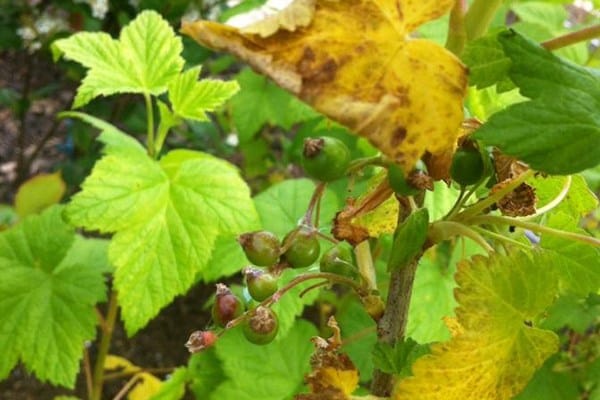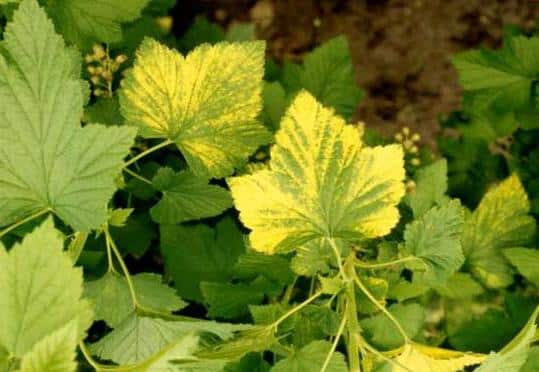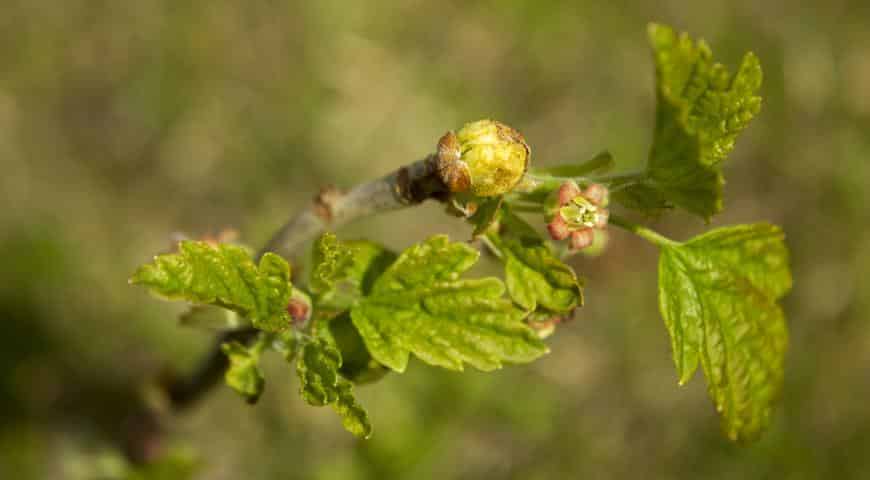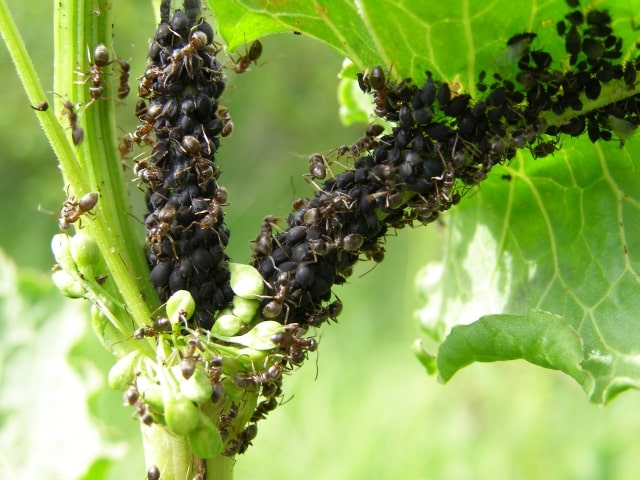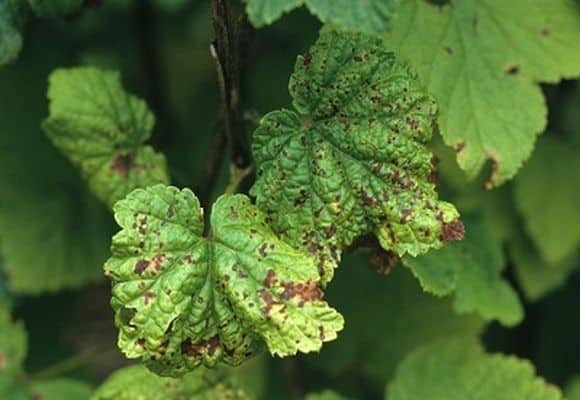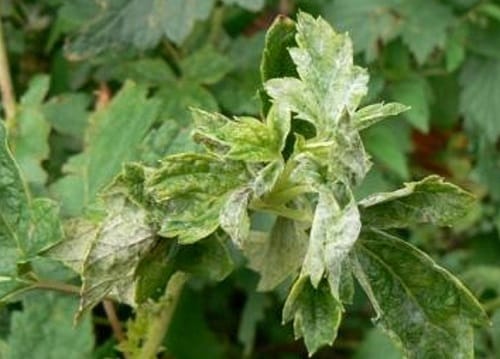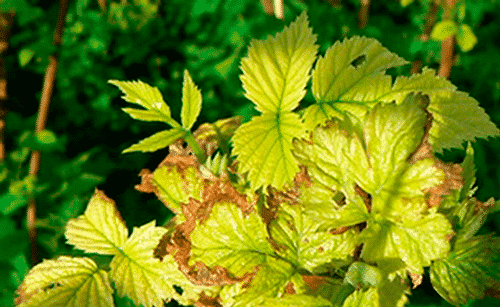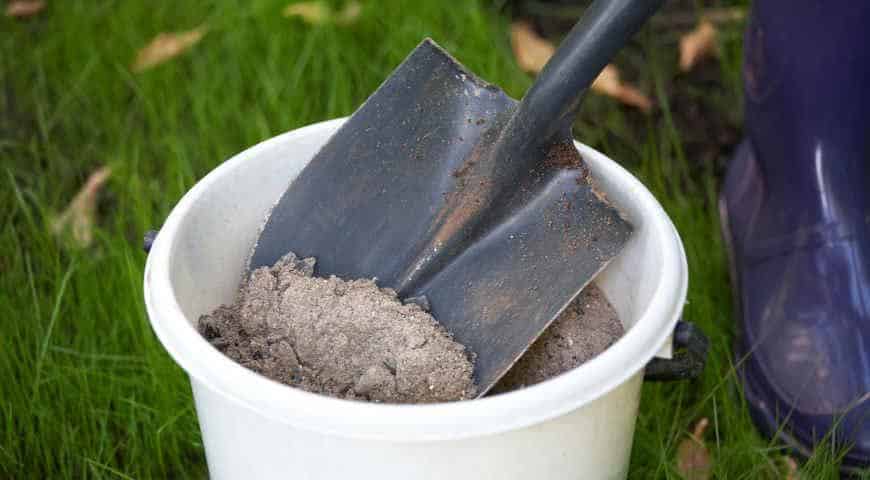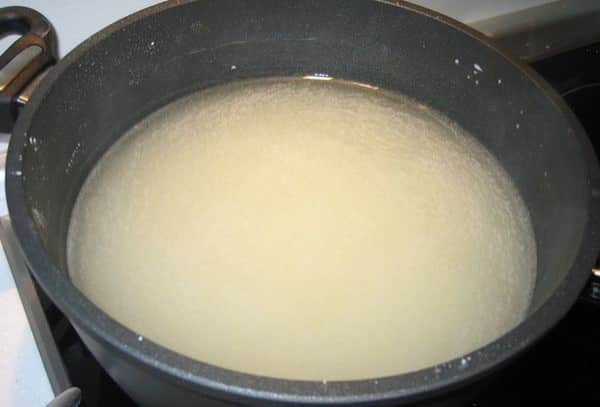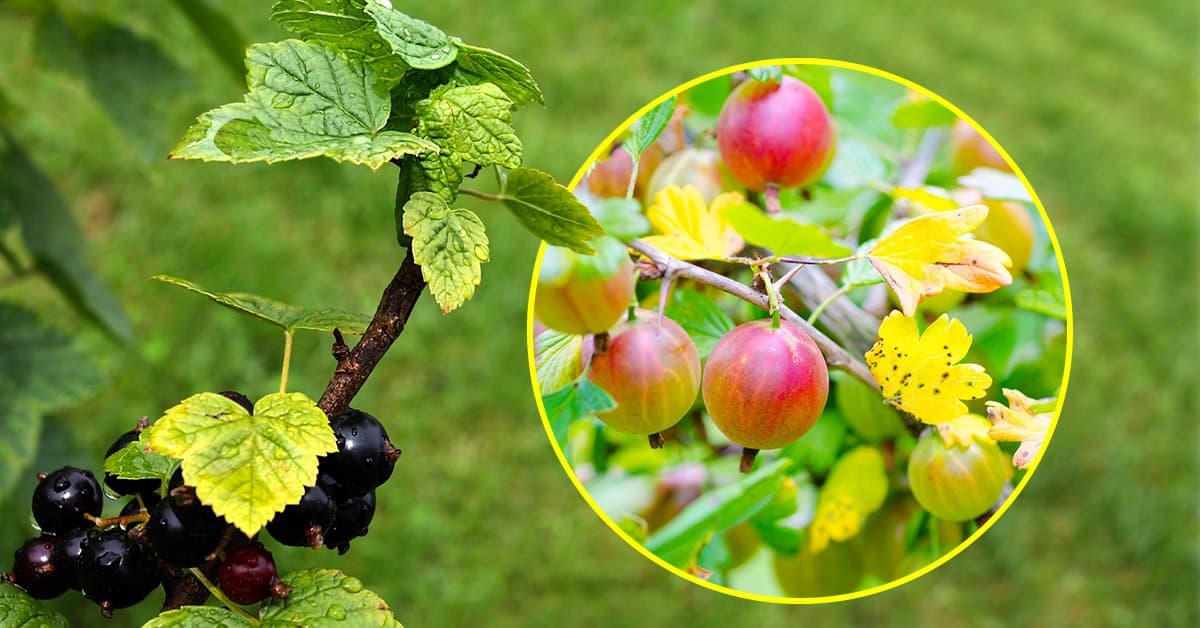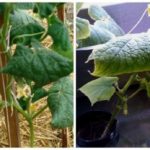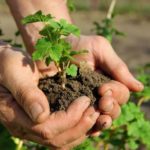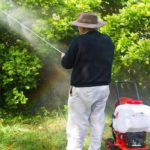Currant is a shrub of the gooseberry family. Currant berries are juicy and have a pronounced sweet and sour taste. Owners of gardens and vegetable gardens put a lot of effort into getting a good harvest. Often, currant leaves begin to turn yellow. This is evidence of problems arising, a signal that crop care techniques require adjustment.
- Signs and symptoms
- Common Causes
- Insect pests and methods of controlling them
- Spider mite
- Kidney mite
- Currant glass
- Aphid
- Diseases and treatment
- Anthracnose
- Columnar rust
- Spheroteka
- Unsuitable climatic conditions
- Lack of minerals
- How to feed the bushes
- How and how to process currants so that the leaves do not turn yellow
- Garden care rules
Signs and symptoms
Currant varieties differ from each other in external characteristics and taste. The most popular are black, white and red currant bushes.
Healthy shrubs have strong branches, green leaves, and light brown or brown bark. There are signs that indicate the presence of problems in the growth and development of currants. The need for additional treatment of shrubs arises if:
- the leaves began to turn yellow;
- branches grow poorly;
- leaves fall from the bushes;
- the leaves dry out at the edges.
In this case, pale dots may appear on black currants, which indicates the presence of pests.
Common Causes
To find out why the leaves are drying and why they have turned yellow, a thorough inspection of all young bushes is carried out.
Factors that provoke the appearance of external damage are called:
- the appearance of parasites and their spread;
- diseases of shrubs (in this case the branch may dry out completely);
- violations of care rules.
Insect pests and methods of controlling them
Parasites are a common cause of yellowing, falling or drying of currant leaves. They can move from neighboring crops or emerge from larvae formed as a result of rotting soil.
Spider mite
This type of pest is recognized by the presence of a web with which it envelops the branches. It is distinguished by the red tint of its body and is clearly visible on green foliage. The mite mainly spreads on young bushes. It feeds on the beneficial elements contained in the leaves. After its appearance, the leaves turn pale, dry, and turn yellow.
Measures to combat spider mites include timely spraying with special substances and cleaning branches from cobwebs.
Kidney mite
This parasite affects black currant varieties. It lives in unopened buds. Sign of its presence on the bush:
- yellowness of leaves;
- increase in kidney size.
The kidney mite is dangerous because it spreads quickly. The female produces 4 or 5 generations of larvae per year. The bush can die in one season. Infected plants are destroyed and it is almost impossible to cure them.
Currant glass
Glass butterflies lay their larvae in the middle of the bark. They are discovered when cutting a branch. The larvae look like black dots. The danger of the spread of this parasite lies in the rapid damage to the entire bush.
Aphid
When aphids appear, currant leaves begin to swell on the inside, then these bumps turn red. The last stage is the yellowing of the leaves. At the end of July, aphids move on to other crops, since by this period they take away the substances most valuable for existence from currants.
To get rid of aphids, trees are treated with special solutions.
Diseases and treatment
Currant diseases are a common cause of yellowing. They can affect adult bushes and young seedlings. Infection occurs regardless of conditions; these can be epidemics that spread from the surfaces of other crops.
Anthracnose
Fungal type disease. Brown spots quickly spread over the entire surface of the leaves, then they turn yellow and fall off. Anthracnose affects a young plant during the period of active growth; it is especially dangerous because it can lead to the loss of the entire harvest.
Treatment and preventative measures include treatment and removal of damaged areas.
Columnar rust
If cereal crops are located next to currants, then the diseases to which they are susceptible will most likely spread to black currant bushes. The first sign of damage is redness of the lower leaves, then the edges of all leaves begin to turn yellow and they fall off.
Treatment and preventive measures include treatment of bushes and proper planting planning.
Spheroteka
A fungal disease that affects not only foliage, but also berries. The fruits become covered with a whitish coating, and after the leaves turn yellow, they fall to the ground. Such damage leads to the fact that the crop becomes unsuitable for consumption.
If the disease has spread to the entire bush, the white spots are covered with black dots, then the bush cannot be cured; the branches are cut off and then burned.
Unsuitable climatic conditions
Many gardeners cite unfavorable conditions in which the shrub develops as one of the reasons for the yellowing of currant leaves. In June, currant leaves begin to turn yellow due to too much waterlogging in the soil. This happens if there is heavy rain at the beginning of summer. This sign is recognized by waterlogged soil, rot on the lower leaves and yellowness on the upper ones. In summer, the shrub must be carefully looked after.
Irrational planting can lead to yellowing of currant leaves. The culture loves free seating. When planning, it is recommended to adhere to the basic rules:
- access to light should not be blocked;
- the territory should not be limited to vegetable beds;
- should not be planted near cereal crops.
In July and August, due to hot weather and high temperatures, the bush often dries out. This is determined by dry lower leaves, yellowness at the edges, and a stunted, weak appearance.Early frosts in the fall can destroy the future harvest if the bush is not insulated. The reason is often late frosts in the spring, if gardeners have already prepared the bush to exit the sleep phase into the growth phase, loosened the soil and exposed the lower leaves.
Lack of minerals
Given the scarcity of soil and the absence of favorable weather conditions, amateur gardeners are wondering: how to feed currant bushes if they lack nutrition. Fertilizers help improve the condition of the bush and enrich the soil. From it the root system receives nutrients and enters the growth phase. A developed root system transfers some of the nutrients to the leaves, they turn green and form ovaries.
How to feed the bushes
Shrubs, regardless of variety, are fertilized several times during the season. In autumn, it is customary to fertilize the soil with humus mixed with potassium and phosphorus compounds. At the beginning of summer, they nourish the soil under the bush with wood ash, which helps to activate the growth of the root system and helps protect against pest damage.
After harvesting, the soil is fed with liquid fertilizers that contain potassium and phosphates; during this period they are especially scarce. Feeding is necessary in order to ensure further growth of the shrub and the transition to a quiet sleep phase.
How and how to process currants so that the leaves do not turn yellow
Gardeners who have been growing currants for several decades use homemade recipes. These folk remedies involve treating shrubs during periods of disease and pest damage.
- Tomato tops. This product is suitable for treating leaf damage caused by aphid colonies. The tops are collected and infused. The solution is sprayed on the bushes 2 times a week, for a seven-day course.
- Solutions of chamomile or yarrow. Shrubs are sprayed with these liquids using special equipment once a week. The solutions are suitable for processing on dry days. When affected by serious diseases or pest infestations, preventive measures are of no benefit.
- To treat bushes against aphids and mites, tobacco solutions help. Tobacco leaves are brewed with boiling water, the solution is cooled, and the processing is carried out.
- Mustard is dry. Mustard powder is used for sprinkling. For this procedure, choose cloudy, not hot days, otherwise the product can scorch the tips of the leaves. Places where spider mites are located or aphids live are generously sprinkled with powder and left unwatered for 2 days.
- Treatment with laundry soap. This product helps with pest invasions and saves shrubs from damage by rust and spheroids. A bar of soap is planed and a bucket of warm water is added. Leaves and branches are treated with a soap solution.
Garden care rules
Currants require compliance with the minimum rules for watering, processing, and fertilizing:
- pruning is carried out 2 times a year;
- Watering is carried out as necessary;
- feeding should be regular;
- loosening of the soil is carried out in the summer.
Pruning is carried out in spring or autumn. The main goals of the autumn procedure are the formation of shrubs, as well as the removal of old branches that interfere with development. Spring pruning is a method of adjustment.
Attention! Affected and diseased branches are burned after pruning.
In favorable growing conditions, when spring and summer are blessed with regular rains, currants need to be watered only 3 times:
- Abundant watering is carried out during the period of ovary formation and active growth of green leaves.This period occurs at the end of May - beginning of June.
- The second watering is carried out during the active formation of berries.
- The third time it is necessary to water the bush when the harvest is harvested.
What to do if it rains too often or the weather is dry – these are the questions that come to gardeners’ minds when the weather forecasts are unfavorable. After heavy rains, it is recommended to fertilize the soil with peat. Drought requires more frequent self-watering.
Feeding is regular; each period requires a specific approach:
- during the growth period, shrubs need fertilizing with potassium and nitrogen;
- for fruit formation they are fed with phosphates;
- After harvesting, the plant requires potassium fertilizer to restore the energy expended.
Loosening the soil around the bush saturates it with oxygen, so it is recommended to carry out this procedure at least 3 times during the summer season. Proper, timely fertilizing, necessary watering, and prevention of pest control help gardeners grow a good harvest.

